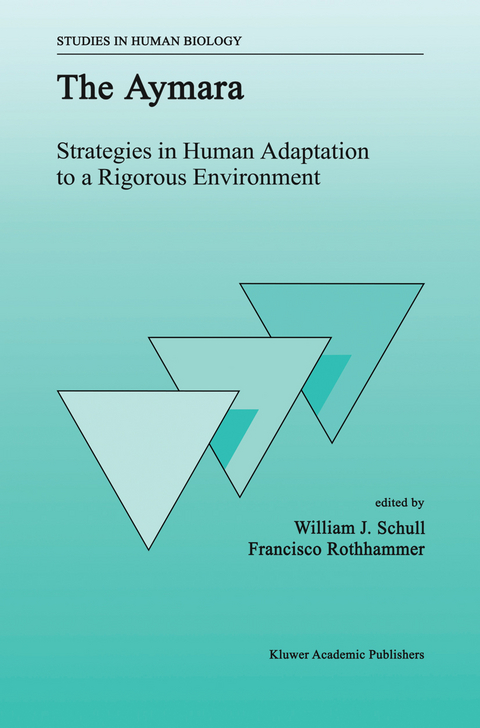
The Aymara
Springer (Verlag)
978-94-010-7463-6 (ISBN)
1: Introduction: The place and the study.- 2: Flora and fauna.- 3: Trace metals.- 4: The Aymará: An outline of their pre and post-Columbian history.- 5: Paleopathology.- 6: Nutritional characteristics of the Aymará of northern Chile.- 7: The Chilean Aymará and their reproductive patterns.- 8: Ecologic determinants of the health of Aymará children.- 9: Disease and disability among the Aymará.- 10: Heterozygosity and physical growth in an Andean population.- 11: Hearing and hypoxia among the Aymará.- 12: Altitude and cardiopulmonary relationships.- 13: Oral characteristics of the Aymará.- 14: Intratribal genetic differentiation as assessed through electrophoresis.- 15: Ethnogenesis and affinities to other South American aboriginal populations.- 16: Epilogue.- References.- Multinational Andean Genetic and Health Program Publications.
| Reihe/Serie | Studies in Human Biology ; 2 |
|---|---|
| Zusatzinfo | XIV, 262 p. |
| Verlagsort | Dordrecht |
| Sprache | englisch |
| Maße | 155 x 235 mm |
| Themenwelt | Studium ► 1. Studienabschnitt (Vorklinik) ► Physiologie |
| Studium ► 2. Studienabschnitt (Klinik) ► Humangenetik | |
| Naturwissenschaften ► Biologie ► Genetik / Molekularbiologie | |
| Sozialwissenschaften ► Ethnologie | |
| Sozialwissenschaften ► Soziologie | |
| ISBN-10 | 94-010-7463-1 / 9401074631 |
| ISBN-13 | 978-94-010-7463-6 / 9789401074636 |
| Zustand | Neuware |
| Haben Sie eine Frage zum Produkt? |
aus dem Bereich


